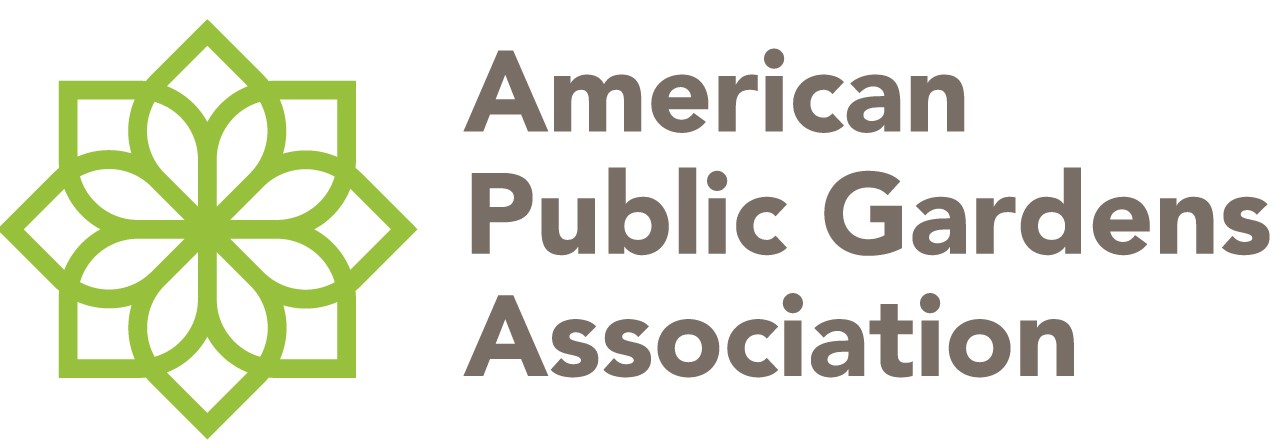Join the conversation to learn how agroforestry practices can be designed and managed to support pollinator conservation and services in temperate regions.
Agroforestry can enhance habitat and reduce pesticide exposure for pollinators and other beneficial insects. With appropriate selection of plant species and design considerations, agroforestry practices can provide these services while also providing other desired production and environmental benefits. Common agroforestry practices include: windbreaks (including shelterbelts, hedgerows, living snow fences), riparian forest buffers, alley cropping, silvopasture, and multi-story cropping (also known as forest farming). This webinar will summarize how these practices can be designed and managed to support pollinators. Examples of FY2019 payment scenarios for these practices will also be provided.




